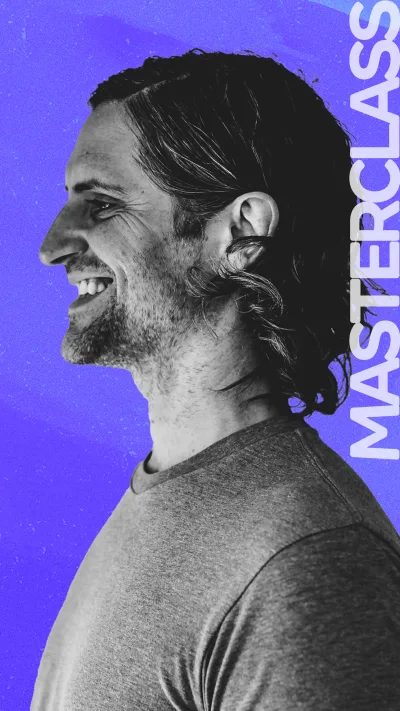This website uses cookies, belonging to us or third parties, to improve your experience, optimize performance and our services, understand your usage through analytics, and personalize advertising tailored to your interests on our site and third party sites. By continuing to use our site, you consent to such use of cookies. Please visit our Terms of Use and Privacy Policy where you can find out more about cookies and how to manage them.



In this practice, first and second person orientations imply the difference in perspectives on how individuals relate to a higher power. The first person orientation refers to the individual speaking directly to the divine, addressing them as "You" and expressing their thoughts, desires, and emotions. It comprises personal and intimate contact with the divine in which the individual seeks guidance, expresses gratitude, and exposes their deepest thoughts and concerns. This frame of view provides for a sense of vulnerability, trust, and a deepening of one's intimate relationship with the divine.
In contrast, the second person viewpoint in prayer comprises the human acknowledging the divine's power and existence. It is a resignation to the divine's will and guidance, as well as an embrace of the divine's higher authority and wisdom. This point of view typically incorporates reverence, awe, and humility in the presence of the divine. Individuals may attempt to link their own intentions and actions with the divine's purpose, putting their trust in the divine's plans and requesting divine intervention and assistance.
Both first and second person prayer orientations have distinct characteristics and benefits. The first person perspective develops connection, intimacy, and self-expression, whereas the second person perspective fosters reverence, surrender, and alignment with the divine. The interaction of many perspectives can enrich one's prayer experience by establishing a diverse relationship with the divine and facilitating a complete approach to spiritual connection.

In this practice, first and second person orientations imply the difference in perspectives on how individuals relate to a higher power. The first person orientation refers to the individual speaking directly to the divine, addressing them as "You" and expressing their thoughts, desires, and emotions. It comprises personal and intimate contact with the divine in which the individual seeks guidance, expresses gratitude, and exposes their deepest thoughts and concerns. This frame of view provides for a sense of vulnerability, trust, and a deepening of one's intimate relationship with the divine.
In contrast, the second person viewpoint in prayer comprises the human acknowledging the divine's power and existence. It is a resignation to the divine's will and guidance, as well as an embrace of the divine's higher authority and wisdom. This point of view typically incorporates reverence, awe, and humility in the presence of the divine. Individuals may attempt to link their own intentions and actions with the divine's purpose, putting their trust in the divine's plans and requesting divine intervention and assistance.
Both first and second person prayer orientations have distinct characteristics and benefits. The first person perspective develops connection, intimacy, and self-expression, whereas the second person perspective fosters reverence, surrender, and alignment with the divine. The interaction of many perspectives can enrich one's prayer experience by establishing a diverse relationship with the divine and facilitating a complete approach to spiritual connection.
You May Also Like

Thomas McConkie


